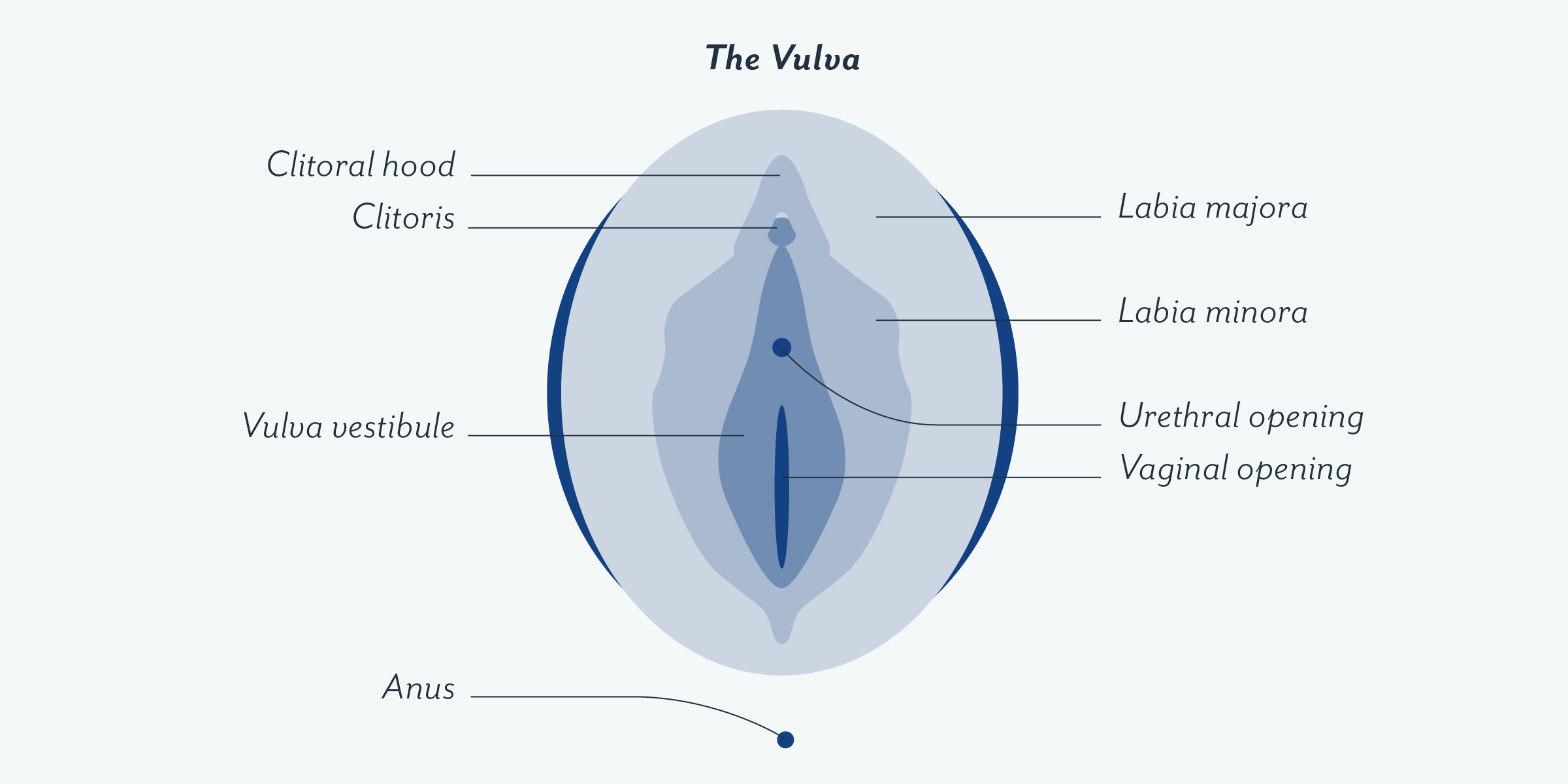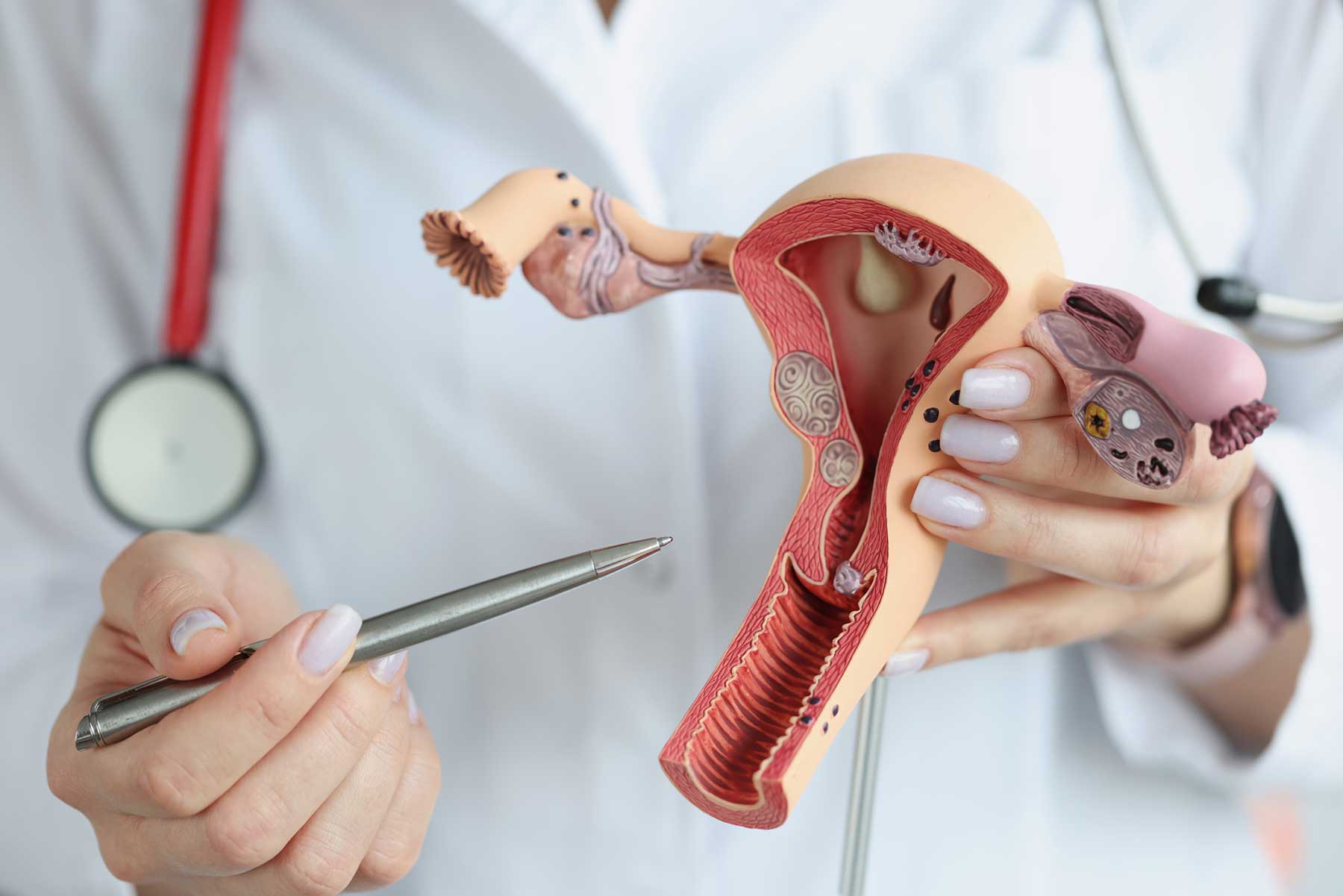Understanding Vaginal Health: Facts and Myths
This article is for educational purposes only and should not be considered medical advice. Please consult a healthcare professional for personalized guidance.
Body image concerns and myths about female anatomy continue to affect many women, often due to limited education and unrealistic portrayals in media. One of the most commonly asked but rarely discussed questions among women is whether their anatomy is “normal.” In this article, we will explore medically verified facts about vaginal anatomy, its natural variations, and how women can develop confidence through knowledge, acceptance, and self-care.
Vaginal Anatomy: What Is Considered Normal?

The vagina is a muscular, elastic canal that connects the cervix (the opening of the uterus) to the outside of the body. According to the Cleveland Clinic, the average vaginal length at rest is between 7 and 10 centimeters, though it can expand significantly during arousal, menstruation product use, or childbirth.
Its flexibility and ability to adapt to different situations are entirely normal and healthy. This capacity for expansion and contraction is part of the body’s natural design, ensuring comfort during various life stages and experiences.
Many women may be concerned about the size and appearance of their vagina, especially after childbirth or as they age. It’s essential to note that these changes are part of the natural aging process or a consequence of life events such as childbirth. While some women may feel insecure about these changes, understanding that these variations are entirely normal can significantly reduce any anxiety or confusion.
Diversity in Appearance Is Natural

A common source of insecurity for many women is comparing their bodies to media portrayals or adult content, which often presents unrealistic standards of appearance. The truth, supported by Planned Parenthood, is that the external genitalia, including the labia and clitoris, vary greatly in size, color, and shape between individuals.
These variations are entirely normal and medically acceptable. No two bodies look exactly the same, and there is no medically defined “perfect” appearance for the vulva or vagina. Understanding and accepting this diversity is essential for promoting positive body image. Women who understand that their bodies are unique may find it easier to embrace their personal differences without feeling judged by external standards.
Furthermore, this diversity plays a crucial role in sexual health, as it fosters a greater understanding of how individuals experience intimacy. There is no universal model for what is “perfect” or “normal” when it comes to sexual anatomy, and this understanding is empowering for many women who may feel uncomfortable or embarrassed about their bodies.
Does Vaginal Size Affect Intimacy or Sensation?

According to health experts from the Mayo Clinic, sexual pleasure and satisfaction are not determined by vaginal size. Instead, they are influenced by multiple factors, including:
-
Emotional connection with a partner,
-
Communication about comfort and preferences,
-
Adequate stimulation, particularly of the clitoris, which is considered the primary organ for female sexual pleasure.
The internal structure of the vagina is not filled with high concentrations of nerve endings, which means that sensation is more external than internal. The size of the vagina—whether perceived as “tight” or “loose”—does not significantly impact intimacy when there is mutual understanding, emotional trust, and open communication. This is an important realization for women who may feel self-conscious about their vaginal size or shape, as sexual satisfaction is largely psychological and emotional rather than purely physical.
It’s essential to foster open communication with partners about what feels good and what doesn’t. Many couples find that intimacy and sexual pleasure are better when they openly discuss their needs and concerns. These conversations help to strengthen trust and emotional intimacy, which are foundational to a satisfying sexual relationship.
Postpartum Changes: What to Expect After Birth

It’s common for women to experience changes in vaginal tone after a vaginal birth. The American College of Obstetricians and Gynecologists (ACOG) confirms that this is normal, as the pelvic floor muscles are stretched during delivery.
Over time, and with exercises like Kegel routines, many women experience a recovery of vaginal tone and muscle control. Kegel exercises are recommended by medical professionals to strengthen the pelvic floor, enhance bladder control, and support overall pelvic health.
These changes should be seen as natural adaptations rather than problems. Motherhood brings physical and emotional transformation, and the body adjusts accordingly. It is important to understand that the changes experienced post-birth are a natural part of the journey into motherhood, and most women can regain control and strength in their pelvic area with time and care.
In addition to pelvic floor exercises, seeking professional help from a physical therapist who specializes in pelvic health can be beneficial for women experiencing discomfort or issues after childbirth. They can provide tailored exercises and therapies to promote healing and improve overall pelvic health.
Dispelling Harmful Myths About “Tightness” or “Looseness”

Many women express concern over whether their anatomy is “too tight” or “too loose,” especially in comparison to distorted ideals portrayed in pop culture. However, these descriptors are not medical diagnoses and often stem from social misconceptions.
If someone experiences pain, discomfort, or reduced sensation, it may be due to other factors such as infections, hormonal shifts, pelvic floor disorders, or medical conditions. In such cases, consulting a certified gynecologist or pelvic health specialist is the appropriate next step. Understanding that there is no one “right” way for a woman’s body to look or feel is crucial in empowering women to take control of their health and wellbeing.
Furthermore, societal pressures around sexual performance and anatomy can lead to unnecessary stress and anxiety. It is important to address these concerns through accurate education and open conversations, both with medical professionals and trusted loved ones. Reducing the stigma around body image and sexual health allows women to focus on their own needs and experiences without feeling pressured by external standards.
Empowerment Through Self-Knowledge
Body confidence starts with education and awareness. Learning about one’s body through respectful exploration, accurate health information, and regular medical check-ups can significantly improve self-esteem and emotional well-being.
The World Health Organization (WHO) and many health education programs advocate for comprehensive sexual and reproductive health education, which includes understanding anatomy without shame or judgment. This approach allows individuals to make informed decisions, practice self-care, and embrace their natural selves. By providing young people with the knowledge and tools they need to understand their bodies, we can help create a generation that values health and self-acceptance.
Educating yourself about your body and its natural processes, such as menstruation and ovulation, can also help alleviate anxiety and confusion. Knowledge is power, and when women understand their bodies, they are better equipped to make decisions regarding their health and well-being.
The Role of Mental Health and Self-Acceptance
According to the National Health Service (NHS UK), self-acceptance and mental health are closely linked. Women who accept their bodies and avoid harsh self-judgment report higher levels of self-esteem and emotional well-being. Body image anxiety, especially surrounding appearance, can be alleviated through a combination of:
-
Honest conversations with trusted healthcare providers,
-
Avoiding comparison on social media,
-
Seeking support from body-positive communities or therapists.
Developing a healthy relationship with your body is a lifelong journey, and it’s important to give yourself compassion and understanding throughout. Women who learn to love and accept their bodies, including their imperfections, are more likely to experience improved mental health and greater life satisfaction.
When to Seek Medical Advice
While natural variations in anatomy are normal, it’s also important to pay attention to any unusual symptoms. Medical professionals advise seeing a doctor if you notice:
-
Persistent vaginal discomfort or pain,
-
Abnormal discharge or odor,
-
Difficulty with bladder or bowel control,
-
Changes in sexual response not related to emotional factors.
Routine gynecological exams, starting in the late teens or early twenties depending on local guidelines, are a valuable tool in maintaining reproductive health. Regular screenings and check-ups ensure that women can detect potential health issues early, which improves outcomes and supports long-term well-being.
Encouraging Open Dialogue
One of the best ways to eliminate stigma and misinformation is to foster open, respectful conversations about body image, anatomy, and health. Parents, educators, and healthcare providers can play a key role in encouraging young people to learn about their bodies in accurate and affirming ways.
Additionally, accurate content shared by reputable medical organizations helps reinforce facts and dispel persistent myths that can harm confidence and well-being.
Final Thoughts
The female body is incredibly adaptive, resilient, and unique. There is no standard or ideal when it comes to appearance or size. What matters most is that individuals feel healthy, empowered, and informed.
Through regular self-care, medically sound education, and body positivity, women of all ages can learn to appreciate their anatomy and take pride in their individuality.
Sources:
